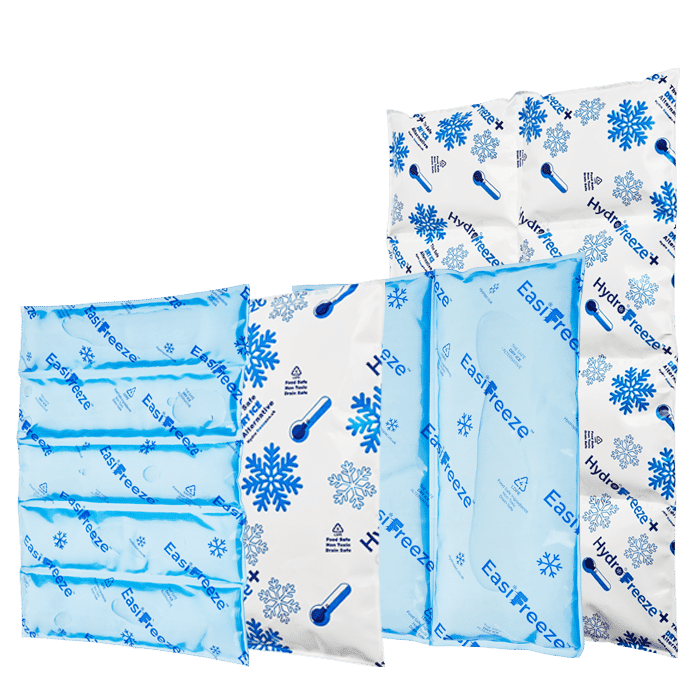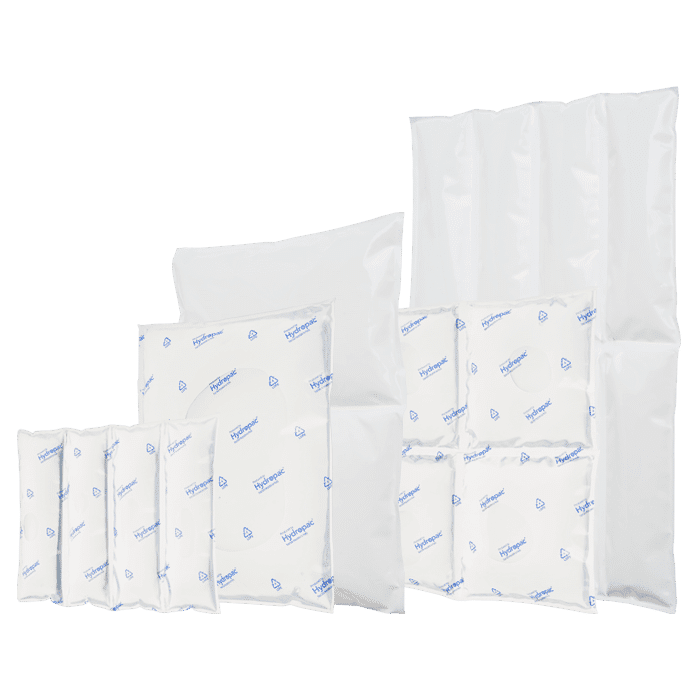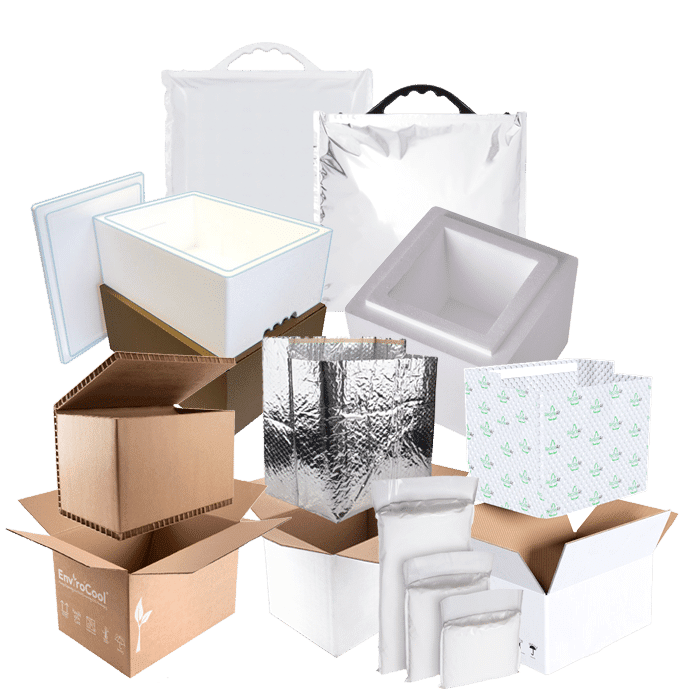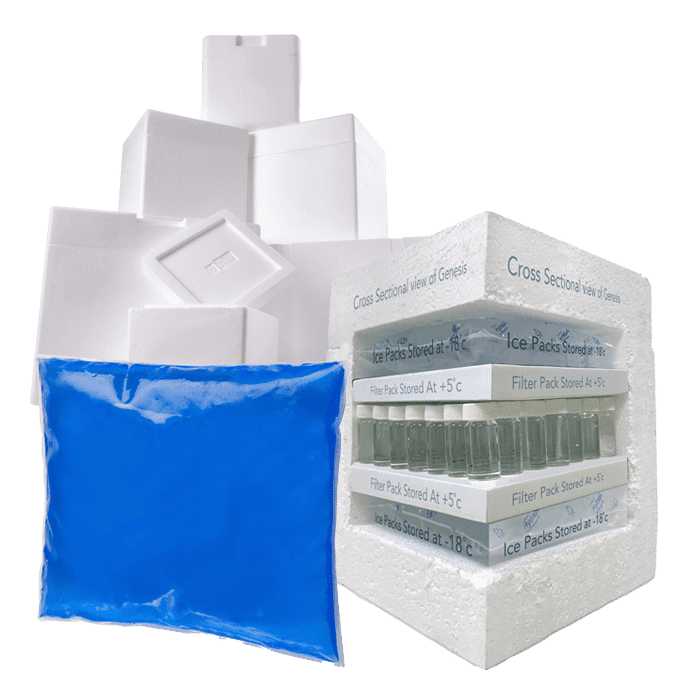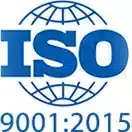Top 3 Eco-Friendly Cushioning Materials
Do not change the text at all only devide it. Do not mention Part 1, Part2, Part3. Keep the html format. You could be excused for thinking our main concerns lie in the outer packaging of goods, and to a fair extent that does fit, as our core product ranges centre either around outer packaging or the internal ice packs to maintain temperature. That said, internal cushioning and protective materials are also extremely important to protect your goods!
Products in our core Freshpac and Pharmapac ranges do consider internal packaging as part of their makeup. ReflectiveAir offers a “bubble” layer (and a Double Bubble layer for frozen systems) as standard, which gives extra cushioning and protection for the goods wrapped inside. Genesis has a thick heavy duty polystyrene box which gives extra protection. However, users may also wish to add extra protective materials to give extra cushioning, particularly if shipments contain fragile items such as glass bottles.
Custom chilled solutions for you
Hydropac offers every customer a customized solution for chilled and conditioned shipping. For example, we help a customer with limited freezing capacity to deliver gel packs frozen and ready to use, and we can manufacture almost all shapes and sizes of cooling elements. As a customer, you come first: we are here to help you.
We work closely in conjunction with many different packaging companies and we’ve seen a wide range of cushioning materials in our time. In no set order, our top 3 would be:
Cornstarch based packaging materials
Cornstarch is being used as an alternative to synthetic polymers (such as polyester or polyethylene) more and more, because it is a better option for the environment. The fermented sugars in the cornstarch can be used to develop polylactic acid (PLA), a type of bioplastic. This may look and act like a traditional plastic but is much more environmentally friendly.
The corn itself does have to be grown as a raw material but it is sustainable, cheap and easy to grow; as such, it has a minimal footprint on the environment. It is both compostable and biodegradable.
On this point….watch this space as we’re looking into this ourselves…..
Cardboard shredding
Cardboard is an eco-friendly material in itself (especially recycled cardboard as this reduces the need for producing the raw material). It can be recycled and reused, certain types are compostable, and it will biodegrade over time.
With that in mind, cardboard at the end of its useful life can be shredded and then used in another form as cushioning materials for larger boxes to protect the goods inside. This can either be done in house or it can be bought in, but either way it is an environmentally friendly way of not sending the cardboard to landfill or wasting it once it can no longer be reused.
An alternative to this could also be to use any shredded office waste. As it has been shredded it no longer contains confidential information and stops it going to landfill or having to be collected by a specialist recycling company. It can also be reused.
Sheep Wool
Sheep wool is an extremely efficient way of protecting goods, and if they are temperature sensitive it has an added extra bonus in helping the temperature remain consistent inside the box.
A by-product of the farming industry, sheep have to be sheared to maintain health and hygiene, especially in the warmer months. If sheep overheat, they can die, and if the wool becomes overgrown and materials such as feces and urine are trapped, they can attract pests and give the animal other health conditions such as fly-strike.
Sustainability Hydropac and CSR
Sustainability isn’t just a trend for us – it’s a promise. As we innovate, create, and lead, we keep our planet’s well-being at the forefront. With Hydropac, you’re not just preserving the quality of your cargo; you’re contributing to a healthier world.
Experience the power of sustainable temperature assurance with Hydropac – where excellence and environmental responsibility coexist for a brighter future.
